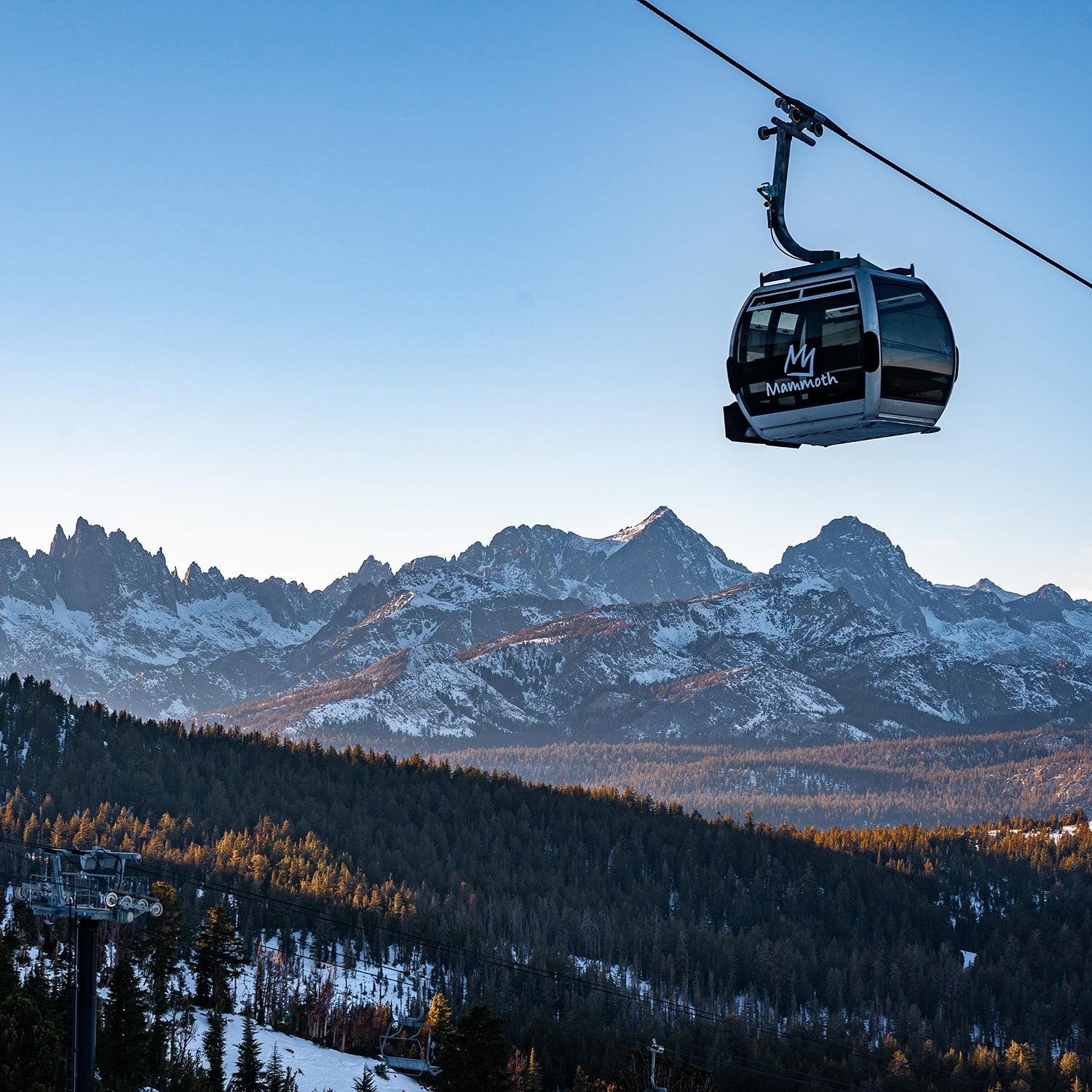In September 2020 I moved to Mammoth Lakes, California, and stood by for the first snowfall. I waited as thick clouds of wildfire smoke climbed over Mammoth Pass from the west and choked the town for months on end. Winter storms eventually pushed the smoke back, but when spring came, the thin snowpack evaporated into what the California Department of Water Resources determined to be the driest water year since 1924.
SnowÔÇöand waterÔÇöin the American West is changing rapidly, due to a combination of warming temperatures, drought, and extreme weather patterns exacerbated by climate change. A new study out of the┬á paints a dire pictureÔÇöCaliforniaÔÇÖs Sierra Nevada could see most of its snowpack disappear before 2050, with snow in the Cascades and RockiesÔÇÖ following shortly after.
The study was based on a new, more precise system of measuring ebbing snowpacks, using the terminology low-to-no snow. Low snow refers to a year in which the region receives less moisture than 70 percent of all other seasons. No snow years will have less than 90 percent of all other seasons.
ÔÇťItÔÇÖs not that weÔÇÖll see a disappearance of snow altogether, but weÔÇÖre likely to see five to ten years in a row of years like 2016, in which the Sierra Nevada saw about five percent of its average snowpack,ÔÇŁ Alan Rhoades, one of the studyÔÇÖs main authors, said over the phone.
According to the study, while overall snow-water-equivalents (SWE, the amount of water released from melting snowpack) in the western United States will decrease by 25 percent by 2050, ranges like the Sierra Nevada and Cascades will fare much worse because their storms tend to come in while temperatures are at or just below freezing. ÔÇťA difference of just a few degrees Fahrenheit would turn much of that precipitation into rain,ÔÇŁ says Rhoades. And rain isnÔÇÖt enough: snowpack offers crucial natural water storage, providing a slow, steady release into rivers and streams as it melts throughout the spring and into the summer.
By the late 2040s, the researchers expect the Sierra Nevada to see five consecutive low-to-no snow years, and by the late 2050s that period may stretch to ten. In the Cascades, rising temperatures will likely lead to a 45 percent reduction in total snowpack by 2050. The colder central Rockies have a little more timeÔÇöthey wonÔÇÖt see the same reduction until after 2075.
Temperature, of course, is just one factor at play. Currently, Colorado is experiencing moderate-to-severe drought statewide, with the snowpack in the San Juan mountains at just Just under 12 inches of rain was recorded in California between October 2020 and September 2021, well under the average of 28 inches. This wasnÔÇÖt one poor season;
Extreme drought exacerbates megafires, which in turn impact snowpack: fire scars generate a slick surface that allows moisture to slide, creating a prime opportunity for huge mudslides in the summer and avalanches in the winter.
ÔÇťThe ash from these fires, along with dust storms also change the reflective character of the snowpack, increasing the speed at which it melts,ÔÇŁ notes Rhoades. Vegetation loss also has devastating effects on snowpack, since tree-covered┬áslopes hold snow by protecting it from UV radiation and wind.
Storms arenÔÇÖt just getting more sparse, theyÔÇÖre also getting more extreme. On the West Coast, precipitation increasingly comes in massive deluges that damage infrastructure and create otherwise dangerous conditions. Last year, Mammoth Mountain received just 244 inches of snow, compared to its average 400 inches, and almost half of that came in a single storm that dropped more than 100 inches in under three days. It landed on a bed of rotten, unconsolidated snow, creating extreme avalanche danger at all elevations. And this November, pummeled Washington┬áState and British Columbia┬áwith rain, causing massive flooding and highway damage that effectively cut parts of British Columbia off from greater Vancouver.
Climate change will have widespread economic effects, including on the snowsports industry. CaliforniaÔÇÖs and WashingtonÔÇÖs have both canceled or curtailed ski seasons in recent years due to lacking snow. Small ski areas that donÔÇÖt have the capital for snowmaking equipment like New YorkÔÇÖs and VermontÔÇÖs Ascutney are shuttering at an alarming rate. Bigger resorts are in no way immune either, and lack of snow is just one climate-related problem. The Caldor megafire in California .
ItÔÇÖs bigger than skiing, of course. Snowpack supports agriculture, provides water supply to major urban areas, and helps local ecosystems thrive. Reports like this can feel disempoweringÔÇöthe places we love are being threatened by anthropogenic climate change at a frightening rate. But this research is vital, because it creates the backbone of action. The information is out there. ItÔÇÖs about what we decide to do with it.


